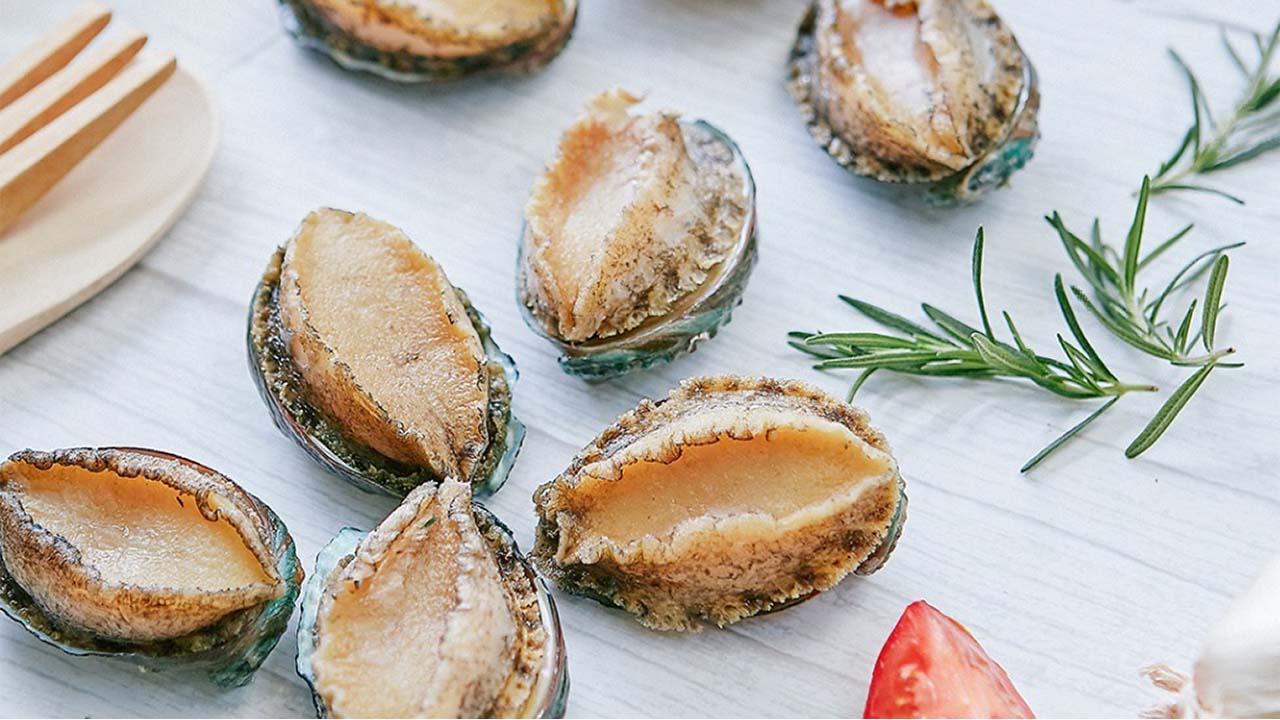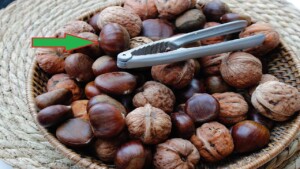They Look Like Oysters but They are Not: How to Recognize Abalone
Sometimes mollusks, especially those with rigid shells, can be confused at a cursory glance. A classic example is the Abalone. It’s a type of sea snail, often confused with oysters. Sure, they are both mollusks and edible, but they have nothing to do with each other. Knowing how to distinguish between them is important, especially because you always need to know what you’re eating. So, today, let’s dive into the fascinating world of these sea snails to clear up any confusion.

What makes Abalone sea snails so intriguing?
Abalones are not just delectable seafood but also prized for their captivating features. Found in cold and temperate waters worldwide, especially in the coastal areas of the Pacific Ocean, Abalones showcase a kaleidoscope of shell colors and sizes.
Their shells are extraordinary, composed of layers of calcium carbonate separated by an organic substance that imparts incredible strength. This uniqueness extends their value beyond the culinary world, making them sought-after in the pearl and jewelry industries.

But there’s more to Abalones than just their beautiful shells. These sea snails have a remarkable ability to swim using a muscular foot. This foot not only aids in swimming but also allows them to grip surfaces with astonishing speed. As herbivores, they feast on algae and other tiny organisms found among the rocks.
Distinguishing Abalones from Oysters: The Shell and Beyond
To tell Abalones apart from oysters, start with the shell. Abalones boast an elongated cone shape, often covered with a hard-convex shell, providing a stark contrast to the flatter, oval shape of oysters with two unequal shell parts.

Another distinctive feature is the clear muscular foot that Abalones have, protruding from the shell. In contrast, oysters lack a foot but possess a fleshy peduncle, allowing them to remain attached to substrates.
Beyond being a culinary delight, Abalones emerge as captivating ocean inhabitants, blending exquisite aesthetics with unique characteristics that set them apart in the marine world.





